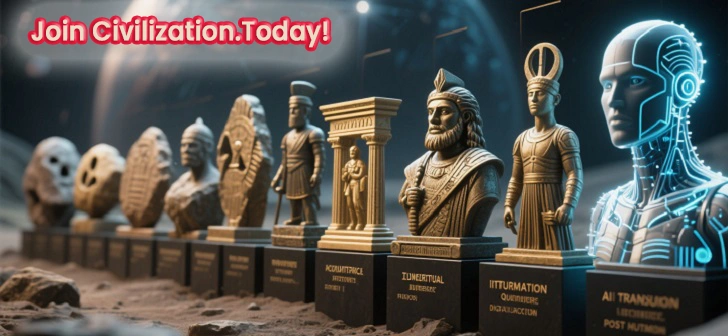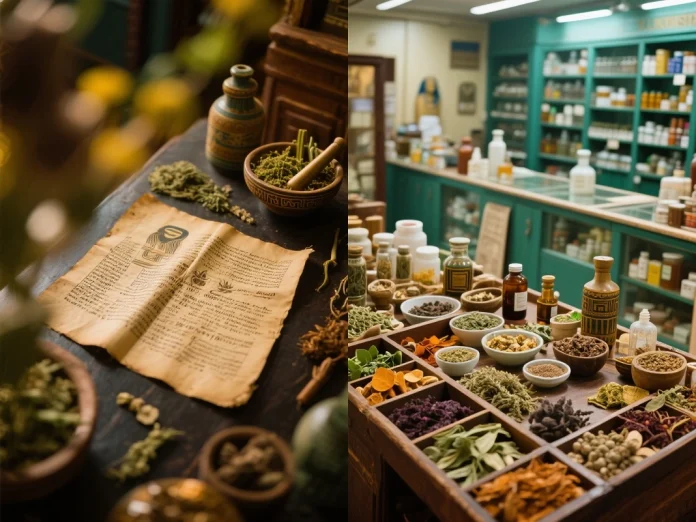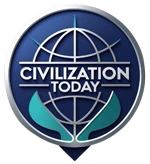Introduction: Nature’s Pharmacy from the Dawn of Civilization
Long before the rise of modern medicine, humans turned to the natural world for healing. Ancient civilizations mastered the art of herbal remedies, carefully recording their knowledge on stone tablets, bamboo scrolls, and papyrus sheets. Among these cultures, Egyptian medicine stood out as one of the most sophisticated systems, blending magic, religion, and science into a holistic approach to health. Today, modern pharmacy owes much to these early herbal pioneers, whose wisdom still influences treatments around the globe.
Ancient Herbs in the Land of the Pharaohs
When we talk about ancient herbs, Egypt’s rich herbal tradition shines brightly. The Ebers Papyrus, a 110-page scroll dated to around 1550 BCE, is one of the oldest surviving medical texts in history. It lists over 850 plant-based treatments for ailments ranging from stomach pain to skin diseases.
Some famous Egyptian medicine herbs include:
- Aloe Vera. Used for skin burns and infections, known as the “plant of immortality.”
- Garlic. Valued for boosting strength and fighting infections among workers building the pyramids.
- Frankincense. Applied as an anti-inflammatory and used in spiritual rituals.
- Henna. Not just for body art, but also for cooling fevers and soothing headaches.
Egyptian healers believed that health depended on balancing the body, the mind, and the spiritual realm. This approach wasn’t far from today’s idea of holistic medicine.
Ancient Herbs Beyond Egypt: A Global Tradition
While Egyptian medicine was groundbreaking, other ancient civilizations also cultivated vast herbal knowledge:
- China developed a complete herbal pharmacopeia, including ginseng, ginger, and licorice root.
- India’s Ayurveda focused on plants like ashwagandha and turmeric for balance and longevity.
- Greece and Rome incorporated Egyptian herbal wisdom into Western medical tradition, thanks to scholars like Dioscorides.
These civilizations shared a common belief: nature provides the tools for healing, and plants are at the core of human well-being.
From Ancient Scrolls to Modern Science
Modern science has confirmed much of what ancient herbalists knew intuitively. Researchers have isolated active compounds from ancient herbs, leading to new drugs and therapies. For example:
- Willow bark. Used for centuries to relieve pain, now recognized as the source of aspirin.
- Foxglove. Once a folk remedy for heart problems, it’s now the basis for digitalis, a heart medication.
- Aloe vera gel. Still used in burn creams and skin-care products today.
Pharmaceutical companies continue to investigate traditional herbal remedies for potential breakthroughs. Some 25% of modern prescription drugs are derived from plants, proving the enduring value of ancient botanical wisdom.
The Spiritual and Cultural Side of Ancient Herbs
In Egyptian medicine, herbs were not just physical cures—they also carried symbolic and spiritual meaning. Frankincense and myrrh, for example, were offered to gods and used in embalming to protect the body in the afterlife. The blending of ritual and remedy created a deeper connection between healer, patient, and nature.
Modern herbal enthusiasts still respect this holistic view, seeing plants as more than just chemical compounds—they are part of a living system that supports physical and emotional health.
The Revival of Herbal Remedies Today
In recent years, there has been a renewed interest in ancient herbs. People are turning back to herbal teas, tinctures, and essential oils as part of their wellness routines. Health-conscious consumers are drawn to products labeled “natural” and “organic,” many of which have roots in Egyptian medicine and other ancient traditions.
Examples of modern uses:
- Chamomile tea for relaxation and better sleep.
- Turmeric lattes for anti-inflammatory benefits.
- Essential oils like lavender for stress relief.
While herbal remedies can be powerful, experts warn they should be used responsibly—preferably under professional guidance—since natural does not always mean safe.
Lessons from Ancient Herbal Knowledge
The story of ancient herbs teaches us that the healing power of nature is timeless. Our ancestors studied plants through observation, experimentation, and cultural exchange, creating a medical legacy that continues to evolve.
Key takeaways:
- Many modern medicines trace their origins to ancient plant remedies.
- The integration of physical, spiritual, and emotional health is as relevant today as it was in ancient Egypt.
- Preserving traditional herbal knowledge is essential for future medical discoveries.
Conclusion: The Future of Ancient Herbs in Modern Pharmacy
From the fragrant gardens of ancient Thebes to the laboratories of modern pharmaceutical companies, the journey of herbal remedies has been one of adaptation and rediscovery. Egyptian medicine and other ancient traditions remind us that healing is both a science and an art—rooted in the wisdom of nature.
As technology advances, scientists may unlock even more secrets hidden within the leaves, roots, and flowers that our ancestors once relied upon. The next medical breakthrough might just be growing quietly in a field, waiting for us to rediscover it—just as the ancient Egyptians did thousands of years ago.



